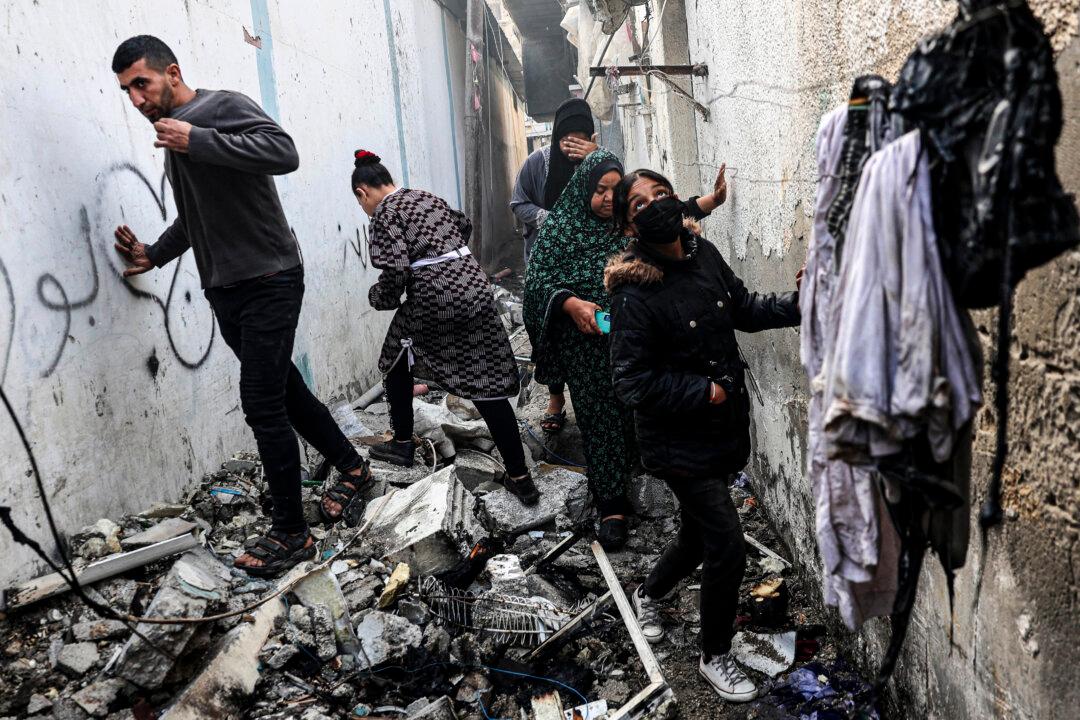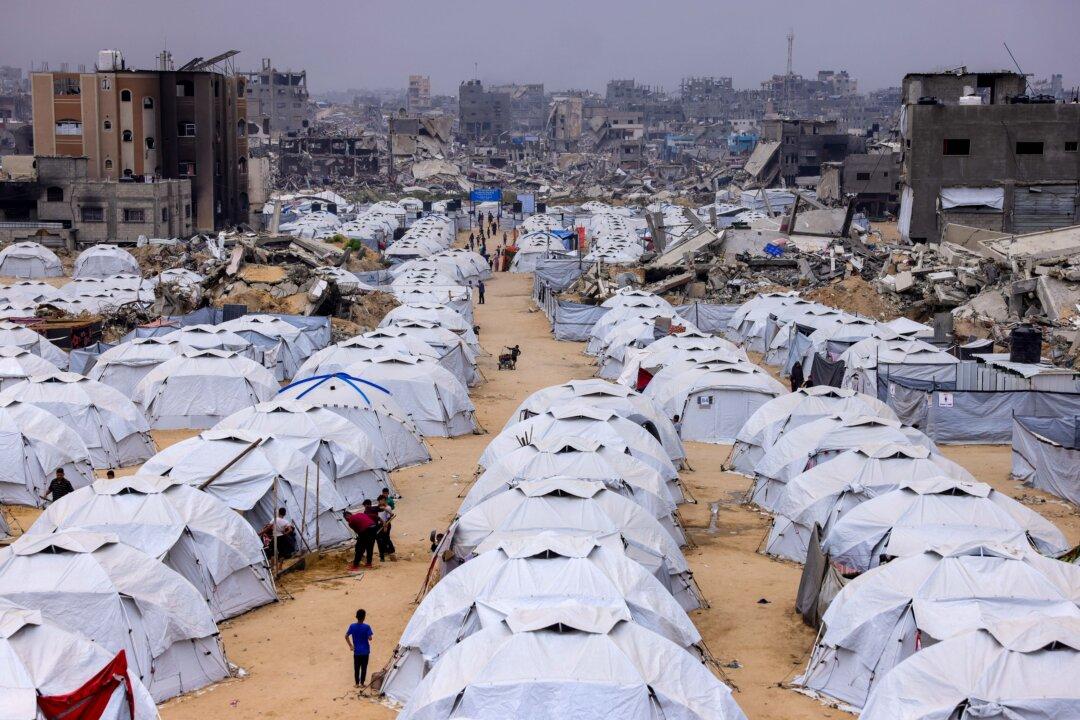Gaza authorities said in early October that more than 42,000 people had been killed in the strip since Israel’s strikes and ground operations there in response to the Hamas terrorist group’s attack on Israel.
Some say the death toll may be much higher—more than 186,000—taking into account those still missing, their bodies presumably buried in the rubble, and the area’s shortages of food, water, and medicine. The casualties are a result of the war that began when Hamas, in a surprise attack on Israeli border communities on Oct. 7, 2023, massacred 1,200 people, mostly Israeli civilians.





